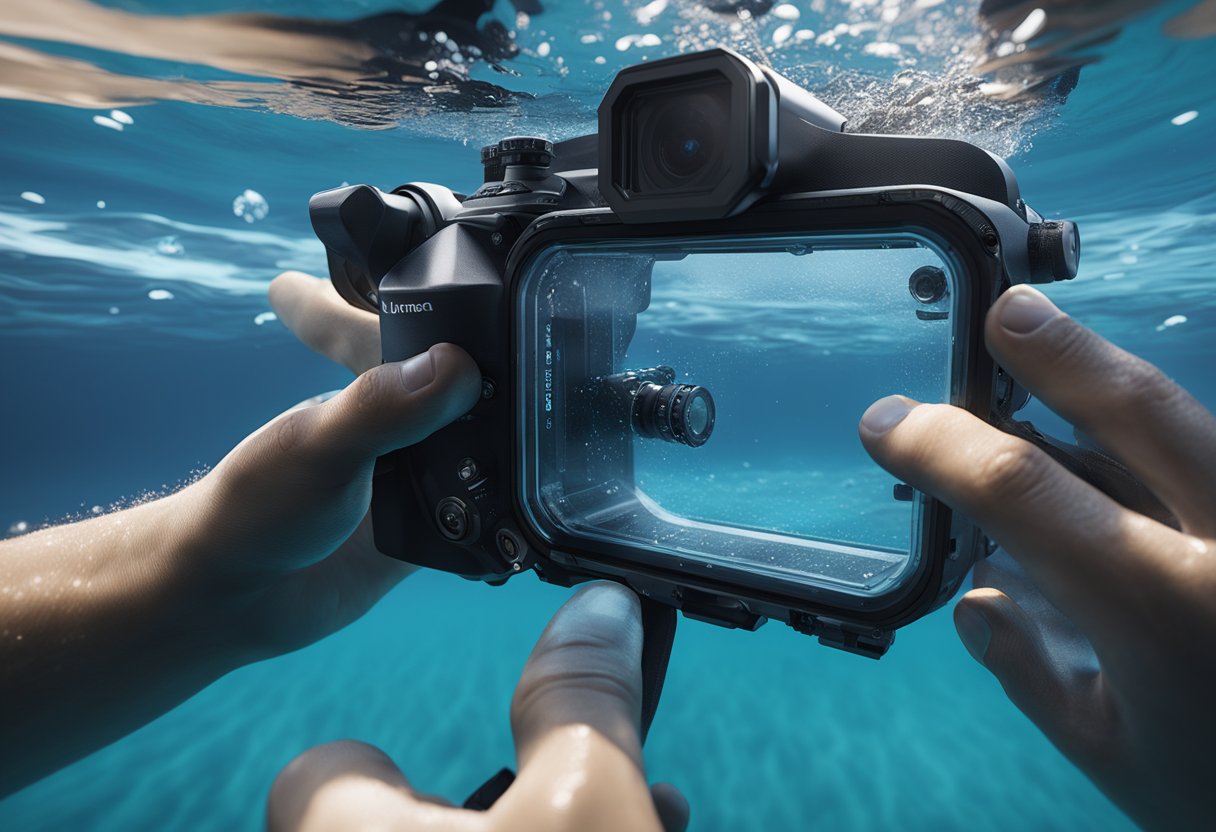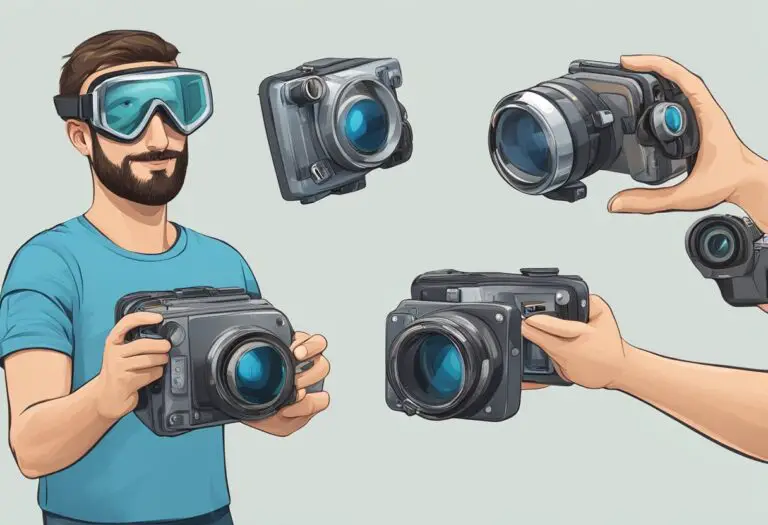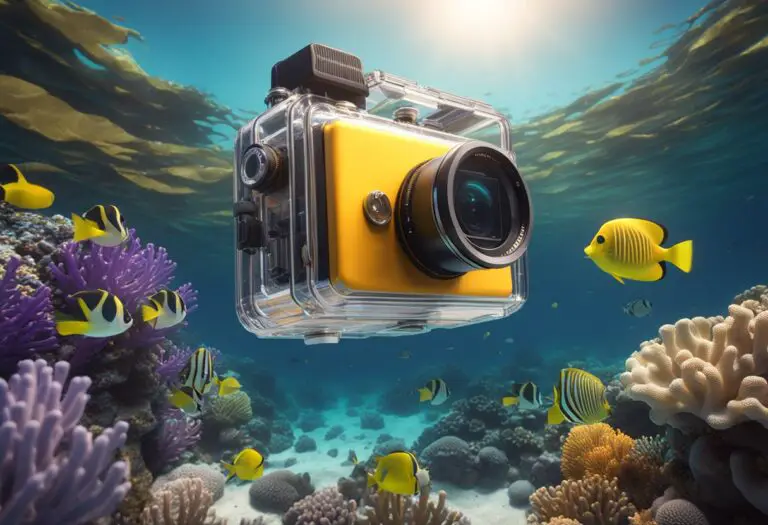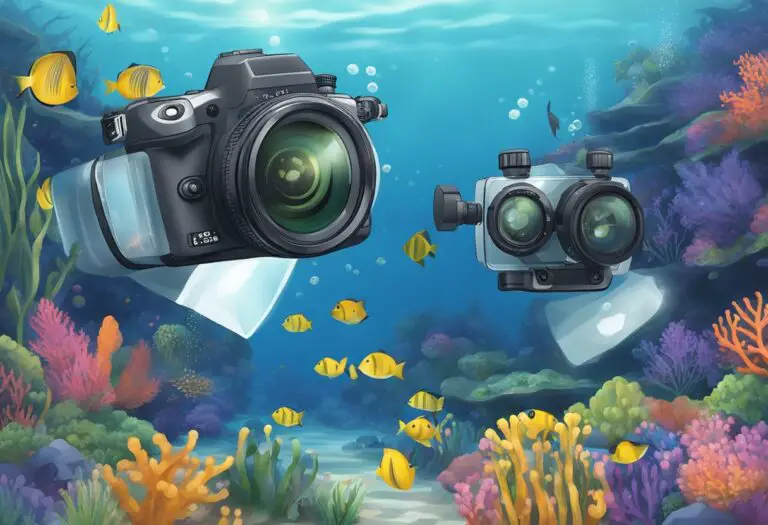How to protect your camera gear from water damage during underwater shoots
When it comes to underwater photography, one of the biggest concerns for photographers is protecting their camera gear from water damage. Whether you’re a professional photographer or an amateur enthusiast, water damage can be a costly and frustrating problem to deal with. Fortunately, there are several steps you can take to protect your camera gear and ensure that your underwater shoots go smoothly.
The first step in protecting your camera gear from water damage is to invest in a high-quality waterproof housing. This is a specially designed case that fits over your camera and lenses, creating a watertight seal that keeps water out. There are many different types of housings available, so it’s important to choose one that is specifically designed for your camera and lenses. It’s also important to make sure that the housing is rated for the depth you plan to shoot at, as some housings are only designed for shallow depths.
Understanding the Risks of Water Damage

Types of Water Exposure
Before diving into how to protect your camera gear from water damage, it’s important to understand the different types of water exposure that can occur during underwater shoots.
Submersion is the most obvious type of water exposure, where the camera and its components are completely submerged in water. However, even small splashes or sprays can cause damage to sensitive camera equipment. It’s important to be aware of the potential for water exposure in all situations, and take appropriate precautions.
Potential Impact on Camera Gear
Water damage can have a significant impact on camera gear, potentially causing irreparable damage or rendering the equipment unusable. Here are some potential impacts of water exposure:
- Corrosion: Water can cause corrosion on metal components, leading to rust and damage.
- Short circuits: Water can cause short circuits in electrical components, leading to malfunction or failure.
- Mold and mildew: Water can create a breeding ground for mold and mildew, which can damage lenses and other components.
- Moisture damage: Even if the camera appears to be dry after exposure to water, moisture can linger and cause damage over time.
To protect camera gear from water damage, it’s important to take appropriate precautions and use the right equipment. This includes waterproof cases, lens hoods, and protective covers for sensitive components. By understanding the risks of water damage and taking appropriate precautions, photographers can ensure that their camera gear stays safe and functional during underwater shoots.
Preparation and Preventive Measures
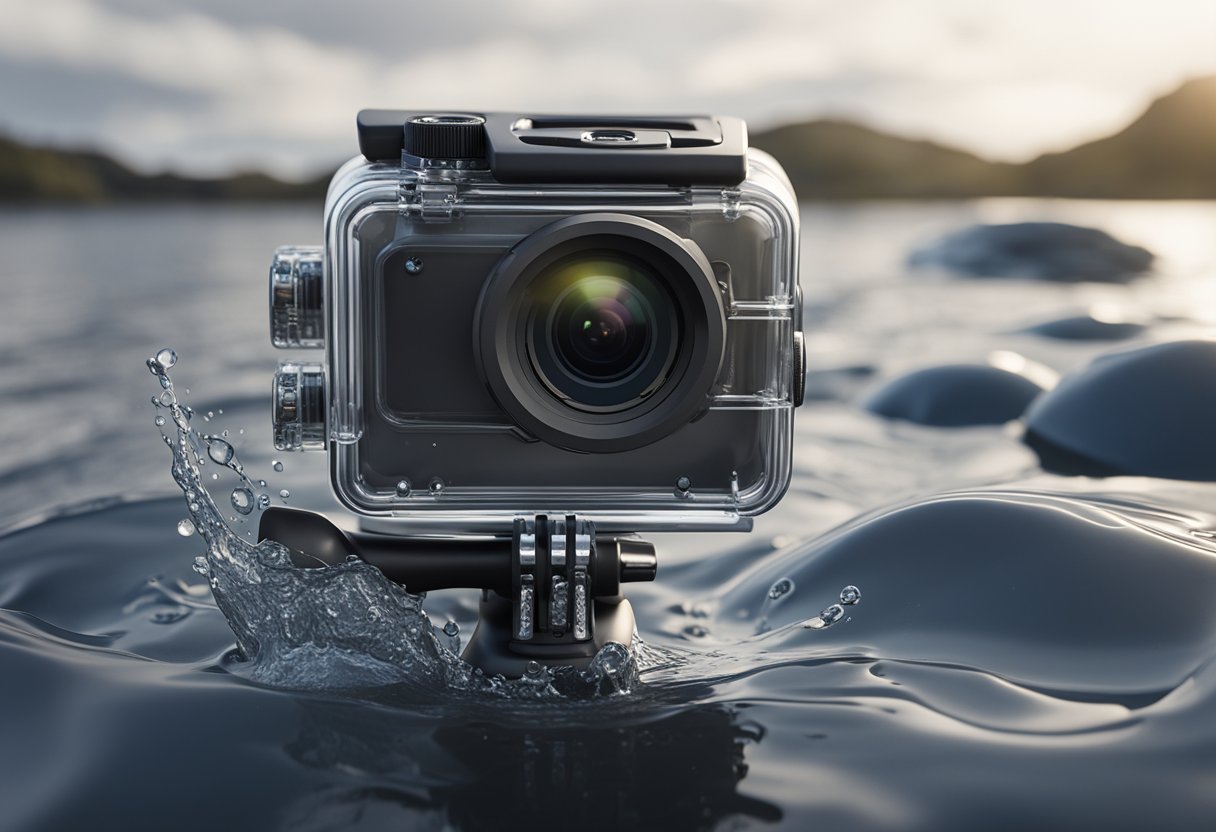
Selecting the Right Equipment
Before embarking on an underwater shoot, it is vital to ensure that you have the appropriate camera gear. It is recommended to use a camera that is specifically designed for underwater photography, as they are typically waterproof and have features that cater to underwater shooting conditions. Additionally, it is essential to choose the right lenses and filters for the shoot. Wide-angle lenses are ideal for capturing the vastness of the underwater environment, while macro lenses are perfect for capturing the intricate details of marine life.
Waterproofing Techniques
Waterproofing your camera gear is crucial to protect it from water damage during underwater shoots. One effective way to waterproof your gear is to use underwater camera housing. This housing is designed to encase your camera and lenses, providing a watertight seal that protects your gear from water damage. Additionally, you can use waterproof bags or covers to protect your gear from splashes and water droplets.
Maintenance Before the Dive
Before diving, it is important to ensure that your camera gear is in good condition and functioning correctly. You should check the O-rings and seals of your underwater housing to ensure that they are free from debris and damage. It is also recommended to test your gear in a pool or shallow water before diving to ensure that it is working correctly.
By following these preparation and preventive measures, you can protect your camera gear from water damage during underwater shoots. Selecting the right equipment, waterproofing techniques, and maintenance before the dive are essential steps to ensure a successful and safe underwater photography experience.
In-Depth Protective Strategies
Using Underwater Housings
One of the most effective ways to protect your camera gear from water damage during underwater shoots is by using underwater housings. These housings are designed to completely enclose the camera and lens, providing a waterproof barrier between the camera and the water. It is important to choose a housing that is specifically designed for your camera model, as not all housings are universal.
When using an underwater housing, it is important to ensure that all the seals and o-rings are in good condition and properly lubricated. This will help to prevent any leaks or water damage. It is also recommended to regularly test the housing’s seal integrity by submerging it in water without the camera inside.
Seal Integrity Checks
Regularly checking the seal integrity of your camera housing is crucial in preventing water damage. Before each shoot, it is recommended to perform a thorough inspection of the housing’s seals and O-rings. Look for any signs of wear or damage, and make sure that the seals are properly lubricated.
To test the seal integrity, submerge the housing in water without the camera inside and look for any air bubbles escaping from the housing. If you notice any bubbles, it is a sign that the housing is not properly sealed and should not be used until the issue is resolved.
Desiccant Usage
Another effective way to protect your camera gear from water damage is by using desiccant packs. These small packs contain a drying agent that helps to absorb any moisture that may be present in the housing. Desiccant packs are often included with underwater housings, but can also be purchased separately.
It is important to replace the desiccant packs regularly, as they can become saturated with moisture over time. It is also important to store the packs in a dry environment, as exposure to moisture can render them ineffective.
By following these in-depth protective strategies, you can help to ensure that your camera gear stays safe and dry during underwater shoots.
Emergency Response
Immediate Actions Post-Exposure
In case of accidental exposure to water, immediate actions should be taken to prevent further damage to the camera gear. The first step is to remove the camera from the water and turn it off. The battery and memory card should be removed, and any visible water droplets should be wiped off with a dry cloth. The camera should then be placed in a dry and warm location to allow it to dry completely. It is important not to turn on the camera until it is completely dry to avoid short-circuiting.
Managing Condensation and Leaks
If the camera has been exposed to water, there is a chance that condensation or leaks may occur. If condensation is present, the camera should be placed in a sealed plastic bag with a few silica gel packets. The silica gel packets will absorb the moisture and prevent further damage to the camera. If there are leaks, the camera should be taken apart and inspected for any damage. Any damaged parts should be replaced immediately to prevent further damage to the camera.
To prevent water damage during underwater shoots, it is important to take the necessary precautions and follow the manufacturer’s guidelines. However, accidents can still happen, and it is important to be prepared with an emergency response plan to prevent further damage to the camera gear.
Post-Shoot Care and Maintenance
Cleaning and Drying Procedures
After an underwater shoot, it is crucial to clean and dry your camera gear properly to prevent water damage. The saltwater and other impurities can corrode the metal parts of the camera and lenses, leading to permanent damage. Here are some steps to follow for cleaning and drying your camera gear:
- Rinse the camera and lenses with fresh water to remove any saltwater or sand particles.
- Use a soft-bristled brush or cloth to gently clean the exterior of the camera and lenses. Avoid using abrasive materials that can scratch the surface.
- Dry the camera and lenses with a soft cloth or towel. Avoid using heat sources like hairdryers, as they can damage the camera’s internal components.
- Remove the memory card and battery and let them dry separately. Do not insert the battery or memory card until they are completely dry.
Long-Term Storage Solutions
Proper storage of your camera gear is essential to prevent water damage and extend its lifespan. Here are some tips for long-term storage:
- Store the camera and lenses in a dry, cool, and dark place.
- Use airtight containers or bags to protect the camera and lenses from moisture and dust.
- Place silica gel packets inside the container or bag to absorb any moisture.
- Remove the battery and memory card before storing the camera for an extended period.
- Check the camera and lenses periodically for any signs of corrosion or damage.
By following these cleaning and storage procedures, you can protect your camera gear from water damage and ensure that it remains in good condition for future underwater shoots.
Final Words
Protecting camera gear from water damage during underwater shoots is crucial for any photographer or videographer. By following the tips and techniques mentioned above, one can ensure that their equipment stays safe and dry.
Remember to always double-check the seals on your underwater housing and invest in a good quality housing that is rated for the depth you plan to shoot at. Additionally, using silica gel packets and desiccant packs can help absorb any moisture that may be present in the housing.
It is also important to regularly maintain and clean your gear after each shoot to prevent any buildup of salt or other debris that may cause damage over time.
By taking the necessary precautions and being mindful of the potential risks, one can confidently shoot underwater while protecting their valuable camera equipment.

